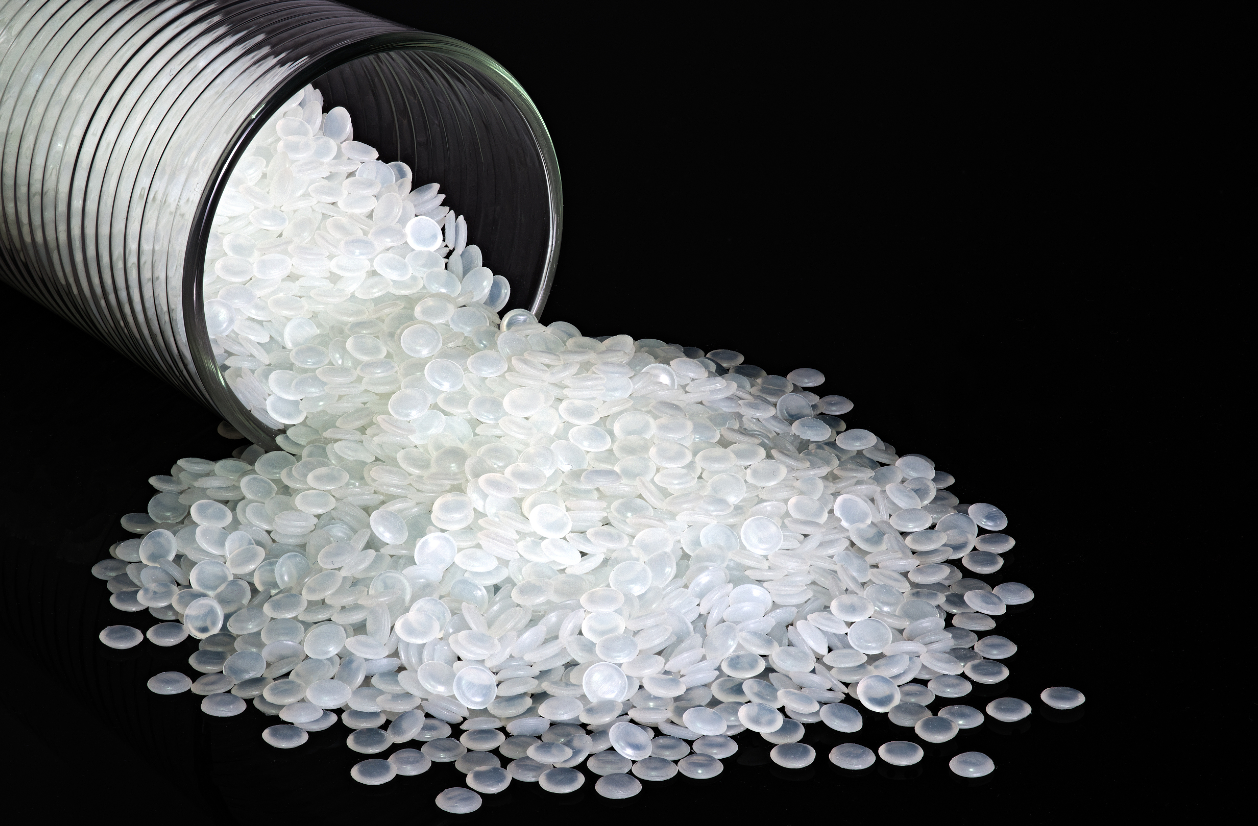1.Asian March petrochemical prices mixed
According to ICIS Singapore, in March, petrochemical products on different value chains in Asia showed different price trends due to changes in the balance of supply and demand. As of press time, half of the 31 petrochemical products covered by the ICIS Asia Price Forecast had average prices lower in March than in February.
Overall demand in China began to recover in March, ICIS said. Activities in China are set to resume further as epidemic restrictions ease. Polyester prices in China saw a strong rise in March, boosted by strong performance in tourism and outdoor activities, and unplanned shutdowns in the first quarter will also push up the average price of acrylic acid in March. Volatility in crude oil prices may further add to uncertainty about price trends. Prices for U.S. benchmark crude West Texas Intermediate (WTI) fell, pushing naphtha prices below $700/mt by the middle of the month.
At the same time, demand in some sectors such as real estate and autos in Asia may show a small improvement, but it will not be enough to allay concerns. The average price of diisononyl phthalate (DINP) and oxo alcohols, which are closely related to the construction industry, fell in March. Prices for some products, such as propylene and polypropylene (PP), will remain heavily weighed down by new capacity. Ethylene prices also turned weak in March, but average prices in March were still higher than in February due to a higher starting point in early March.
China’s demand recovery in the first quarter was structurally different, with a faster recovery in non-durable consumer goods, but a slower rebound in durable goods and investment. In the catering and tourism industry, according to data from China’s Ministry of Transport, in February, 54 Chinese cities with urban rail transit and subway transported a total of 2.18 billion passengers, a year-on-year increase of 39.6%, higher than the average monthly passenger volume in 2019 9.6%. The increase in rail traffic in the past two months of 2023 also reflects a strong recovery in intercity travel in China. FMCG in Asia will be strongly driven by increased outdoor activities and will boost demand for polymers. Food packaging and beverage consumption will support PP and bottle-grade polyethylene terephthalate (PET) prices. “Increased apparel purchases will benefit the polyester industry,” said ICIS senior analyst Jenny Yi.
Significant uncertainties remain in some areas of end-user consumption, leading to cautious market sentiment. In the auto sector, sales in January and February 2023 slowed year-on-year as China’s car purchase tax break and electric vehicle subsidies expire at the end of 2022. Demand from the construction industry in Asia continued to be weak. Furthermore, exports remained weak amid global inflation and polyolefin demand pressures.
ICIS believes that new production capacity will be another key issue facing downward pressure on the prices of some petrochemical products in Asia this year. The commissioning of two large naphtha crackers and derivatives units in mid-February will further oversupply some products such as polyethylene (PE) and PP. Compared with the ethylene industry chain, the propylene and PP industry chains are more affected by new production capacity. This is due to the fact that many new propane dehydrogenation (PDH) projects will be commissioned this year. From March to April this year, Asia will have 2.6 million tons/year of new propylene production capacity planned to be put into operation. Faced with a potential peak in capacity growth, Asian PP prices are expected to trend downward in March and April.
“More than 140,000 tonnes of ethylene is expected to be shipped from the US to Asia in the second quarter, which will make the market sentiment more cautious,” said Amy Yu, senior analyst at ICIS. Also, supply inflows from other regions may keep Asia well supplied after March. PP, PE and ethylene cargoes in the Middle East are gradually recovering as the seasonal shutdown in the region winds down by the end of March. With increased supply in China’s local market and relatively high prices in other regions, some PP producers will continue to proactively export more PP cargoes to other regions, including Southeast Asia, South Asia and Southern Africa. This trade flow based on the arbitrage window can also affect price trends in other regions.
2.S&P Global: Global polyethylene and propylene profit margins will remain low
Recently, several heads of S&P Global Commodity Insights stated at the World Petrochemical Conference in Houston that both the polyethylene and propylene industries will have low profit margins due to the imbalance between supply and demand.
Jesse Tijelina, head of global polymers at S&P Global, said that the serious imbalance between supply and demand has plunged the global polyethylene market into a trough, and the profitability of the polyethylene industry may not recover until 2024 at the earliest, and some factories will have to be closed permanently.
Tijelina said that from 2012 to 2017, the growth rate of supply and demand of polyethylene resin was roughly the same, but the production capacity exceeded demand by about 10 million tons per year. By 2027, the new capacity will exceed the new demand by 3 million tons/year. In the long run, the polyethylene market is growing at a rate of about 4 million tons per year. If capacity additions are stopped now, the market will still take about 3 years to rebalance. “Looking back at 2022, there are many producers who have temporarily closed high-cost assets, and we believe that many of the temporarily closed capacity will be permanently closed in the future,” Tijelina said.
Larry Tan, head of the Asia-Pacific region, said that the surge in propane dehydrogenation (PDH) capacity has led to a serious oversupply in the propylene market, which will keep the profit margin of the propylene industry at a low level until 2025. The global propylene industry is currently at a trough, and profit margins will not improve until 2025 at the earliest. In 2022, rising production costs and weak demand will keep profit margins low or turn negative for many propylene producers in Asia and Europe. From 2020 to 2024, polymer and chemical grade propylene capacity growth is expected to be 2.3 times higher than demand growth.
However, Tan also said margins should be “relatively good” for all producers except naphtha crackers in Western Europe by 2028. The two largest sources of propylene in the petrochemical industry are PDH and refinery catalytic cracking. S&P Global expects the energy transition to drive down demand for motor gasoline, one of the consequences of which will be a reduction in catalytic cracking operations. “So when global propylene demand continues, the propylene deficit has to be filled somewhere,” Tan said. PDH units will not see significant profits until then.
3.OPEC’s unexpected production cut stimulates a sharp rise in international oil prices
As members of the Organization of the Petroleum Exporting Countries (OPEC) unexpectedly announced a sharp cut in production, international crude oil futures prices rose sharply by more than 6% at the close on the 3rd.
As of the close of the day, the price of light crude oil futures for May delivery on the New York Mercantile Exchange rose $4.75 to close at $80.42 a barrel, an increase of 6.28%. London Brent crude futures for June delivery rose $5.04, or 6.31%, to close at $84.93 a barrel.
OPEC announced on the 3rd that the Joint Technical Committee of OPEC and non-OPEC oil-producing countries noted at the meeting held on the same day that OPEC members announced on the 2nd that they would start a voluntary production reduction plan with an average daily scale of 1.157 million barrels starting in May. It is a precautionary measure to stabilize the oil market. Together with Russia’s average daily production reduction of 500,000 barrels until the end of this year, the total scale of voluntary production cuts by major oil-producing countries will reach about 1.66 million barrels per day.
Vivek Dahl, an energy commodity analyst at the Commonwealth Bank of Australia, said that the latest decision of OPEC members shows that the effect of production cuts may be stronger than before.
UBS Group continues to maintain a positive outlook on oil prices, predicting that Brent oil prices will reach $100 a barrel in June this year.
JIN DUN CHEMICAL has built a special (meth) acrylic monomer manufacturing base in ZHEJIANG province. This makes sure the stable supply of HEMA, HPMA, HEA, HPA, GMA with high level quality. Our special acrylate monomers are widely used for thermosetting acrylic resins, crosslinkable emulsion polymers, acrylate anaerobic adhesive, two-component acrylate adhesive, solvent acrylate adhesive, emulsion acrylate adhesive, paper finishing agent and painting acrylic resins in adhesive.We have also developed the new and special (meth) acrylic monomers and derivatives. Such as the fluorinated acrylate monomers, It can be widely used in coating leveling agent, paints, inks, photosensitive resins, optical materials, fiber treatment, modifier for plastic or rubber field. We are aiming to be the top supplier in the field of special acrylate monomers, to share our rich experience with better quality products and professional service.
Post time: Apr-07-2023



